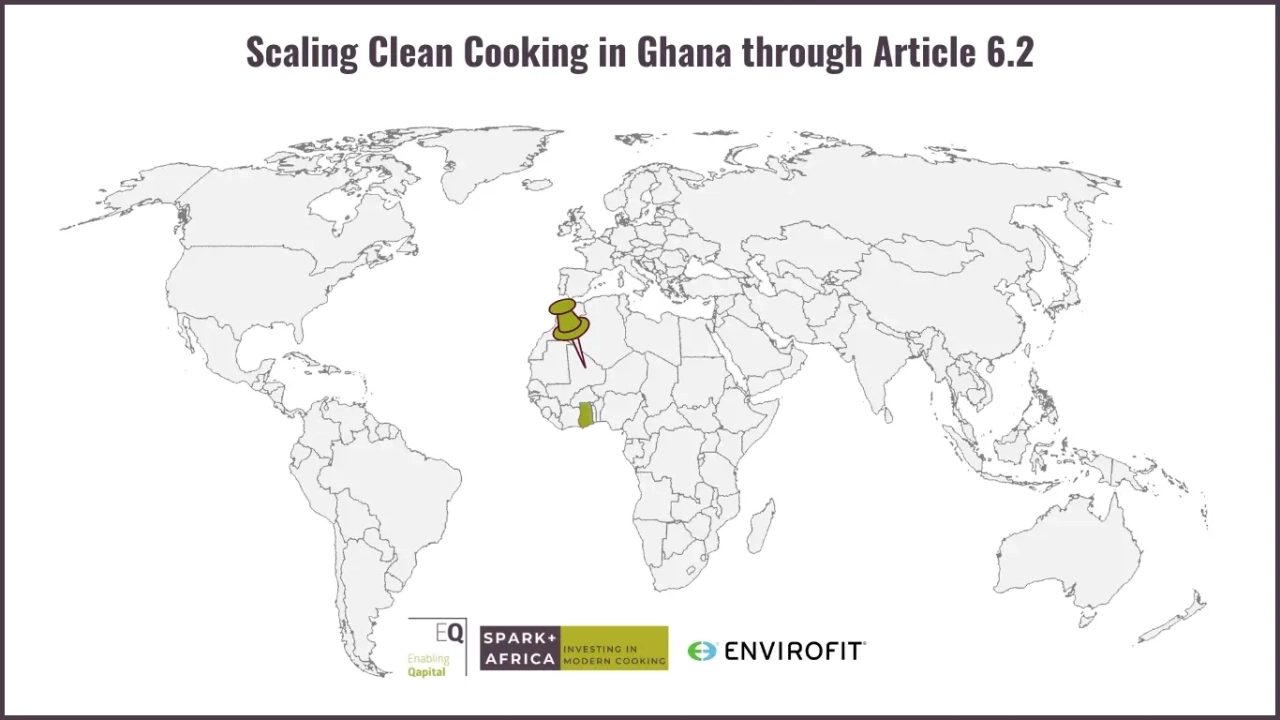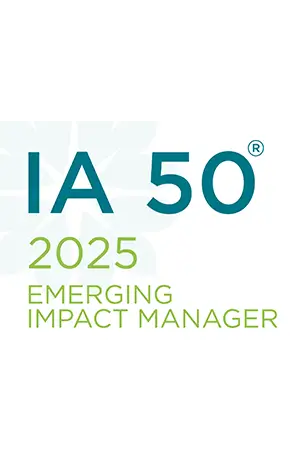
Article 6.2 of the Paris Agreement opens new pathways for countries to cooperate on climate action through carbon markets – enabling the transfer of emission reductions across borders. By applying this mechanism to the clean cooking sector, countries like Ghana can unlock innovative finance, reduce emissions, and improve public health at scale.
Addressing the Clean Cooking Challenge
Access to clean cooking remains a critical issue in Ghana, where 4.5 million households rely on polluting fuels such as firewood and charcoal. These traditional cooking methods pose severe health risks, contributing to respiratory diseases and premature deaths, especially among women and children. Additionally, the widespread use of biomass fuels accelerates deforestation, biodiversity loss, and greenhouse gas emissions, exacerbating climate change.
Despite the strong demand for cleaner alternatives, the high upfront cost of clean cooking solutions has hindered adoption, underscoring the need for innovative financing mechanisms.
The Role of Carbon Finance in Scaling Clean Cooking Solutions
Lowering cookstove costs while driving climate action through carbon credits - verified emission reductions that can be traded to help entities meet their climate targets.
Beyond affordability, carbon finance also plays a vital role in addressing the unequal distribution of climate adaptation funding. In Africa, for example, finance flows are heavily concentrated: according to the Global Center on Adaptation, 54% of adaptation finance goes to just 10 countries, while the bottom 10 recipients receive only 1% (https://gca.org). However, this inequality is part of a broader trend - public multilateral and bilateral adaptation finance to developing countries overall declined by 15% to US$21 billion in 2021 (https://www.unep.org)
By integrating carbon finance mechanisms, projects such as the Envirofit Cookstove Initiative in Ghana ensure long-term financial sustainability while delivering significant environmental, economic and social benefits.
Download the full case study here




